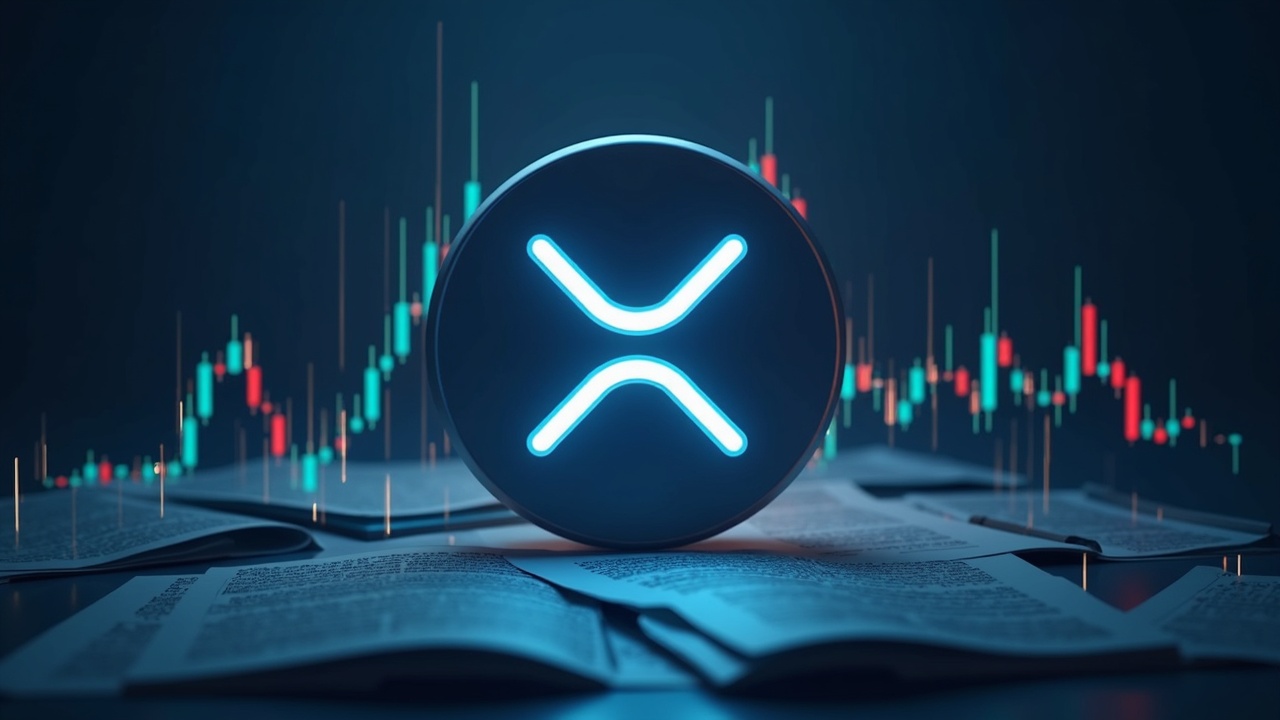Despite a landmark ETF launch that brought in nearly a quarter of a billion dollars, XRP’s price has confounded many investors by moving in the opposite direction. This paradox can be unraveled by looking at the clash between immediate profit-taking and a more gradual, long-term institutional buildup.
The Immediate Sell-the-News Pressure
The launch of the first U.S. spot XRP ETFs, led by Canary Capital’s record-breaking debut, was a clear institutional milestone. However, it instantly triggered a classic “sell-the-news” event. As the event unfolded, large holders, or “whales”, offloaded nearly 200 million XRP tokens within 48 hours of the ETF’s launch. This massive sell-off created overwhelming downward pressure on the price, directly leading to XRP’s decline of over 11% since the ETF began trading.
This selling pressure revealed a fragile underlying market structure. Data from Glassnode shows that despite XRP trading around $2.15, a significant 41.5% of the circulating supply is held at an unrealized loss. This indicates the market is “top-heavy”, with many investors who bought during recent rallies now sitting on losses and likely contributing to the sell-off to avoid further downside.
The Slow Burn of Institutional Adoption
While whale selling dominated the short-term narrative, the institutional story is one of slow and steady accumulation, not a sudden frenzy. ETF inflows are genuine and substantial, with Canary’s fund seeing over $268 million in cumulative inflows in its first few days. However, this capital does not immediately impact the public spot price. A key reason is that ETF issuers often accumulate the underlying XRP through over-the-counter (OTC) desks and private deals, which masks the buying pressure from public order books .
This process means the full effect of this institutional demand may take weeks or even months to materialize in the price as the available liquid supply slowly tightens. Furthermore, the broader crypto market has been in a risk-off mode, with over $1.1 trillion erased from the total market capitalization in recent weeks. This has created a powerful headwind that even positive XRP-specific news has struggled to overcome.

Navigating the Path Ahead
For XRP, the immediate future hinges on a battle between technical support levels and the slow-building institutional bid. The price is currently testing crucial support around $2.05 to $2.15. A sustained break below this zone could open the door for a deeper correction toward $1.80. For a bullish reversal to gain traction, XRP needs to reclaim and hold above the $2.40 to $2.48 resistance area, which is currently capped by its key moving averages.
Longer-term, the outlook remains a contest of narratives. On one hand, analysts project that if XRP ETFs can attract consistent inflows—for example, $600 million monthly for a year—the resulting market cap growth could theoretically push the price toward $14. On the other hand, more conservative models from established exchanges like Kraken suggest a gradual growth trajectory, with prices potentially reaching $2.73 by 2030 based on a 5% annual growth model.
In essence, the current price disconnect is a tale of two timeframes. The short-term market is being dictated by whale profit-taking and broad crypto weakness, while the long-term foundation is being quietly laid by regulated ETF inflows and steady OTC accumulation. The next critical milestones to watch are the evolution of weekly ETF flow data and whether the price can defend its key support levels until institutional demand becomes the dominant market force.


